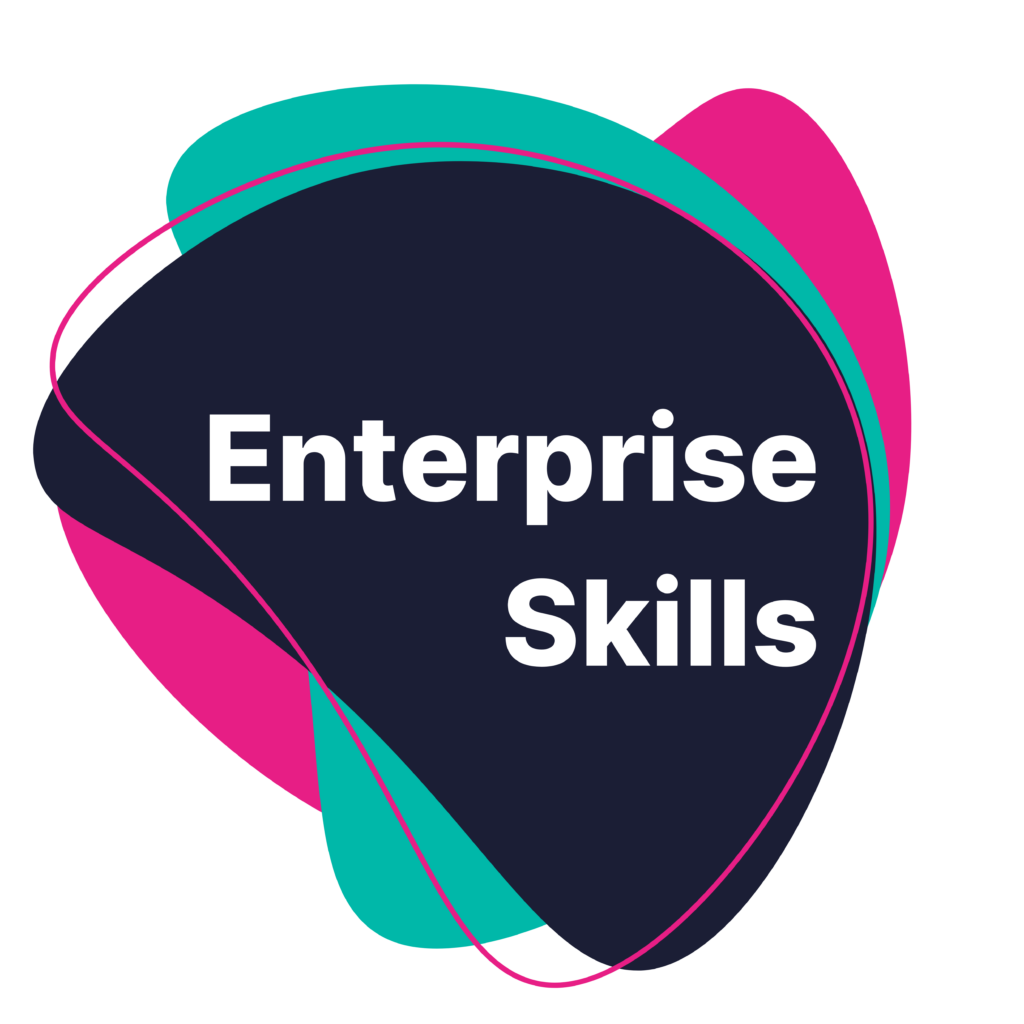Syllabus: AQA - AS and A Level Economics
Module: 3.1.1 Economic Methodology and the Economic Problem
Lesson: 3.1.1.3 Economic Resources
Jump to Section:
Introduction
The section 3.1.1.3 of the AQA AS and A Level Economics syllabus introduces students to the building blocks of economic analysis — the factors of production. It’s a foundational concept that supports understanding of both microeconomic and macroeconomic systems. For teachers, it’s a straightforward plug-in topic that connects with larger themes like opportunity cost, resource allocation, and economic decision-making. This is where students first get to grips with the concept that resources are finite and that choices come with trade-offs.
Curriculum-aligned and rich with real-world application, this section is not just a box-ticker. It sets up learners to think critically about how economies function — and why.
Key Concepts
According to the AQA specification, students need to understand:
The classification of economic resources into four factors of production:
Land — all natural resources, including the environment.
Labour — human effort used in production.
Capital — man-made resources used to produce other goods and services.
Enterprise — the risk-taking role of entrepreneurs who organise the other three factors.
The environment as a scarce resource, subject to economic decision-making just like land or labour.
This content supports wider learning about scarcity, allocation of resources, and economic systems. It also links directly to other specification points like production possibility diagrams and opportunity cost.
Real-World Relevance
This topic is a natural springboard into discussions about current economic challenges:
Environmental economics: As the environment is classified as a scarce resource, topics like climate change, carbon pricing, and net-zero targets come into play. The debate over how to allocate resources towards renewable energy is highly topical and accessible for learners.
The gig economy: Changes in how labour is supplied — through platforms like Uber or Deliveroo — help bring the labour factor of production into the present day. Is this flexible work or exploitation? There’s scope for debate here.
Capital and AI: The rise of automation and artificial intelligence raises questions about substituting labour with capital — a highly relevant example when discussing the evolution of the factors of production.
Entrepreneurship in action: Case studies of local or school-based student businesses (e.g. Young Enterprise) bring the enterprise factor to life and help learners see the human side of economic theory.
How It’s Assessed
Assessment of this section typically comes via Paper 1, focusing on microeconomics. Students can expect:
Short-answer questions: Define and explain the four factors of production or identify them in a case study.
Data-response questions: For example, analysing how a firm uses labour and capital in response to economic changes.
Extended written responses: Evaluate whether technological capital is more important than labour in modern economies.
Common command words include:
Explain: clarify a term like “capital” with reference to examples.
Analyse: show logical chains of reasoning, such as why enterprise is essential despite automation.
Evaluate: weigh up the impact of resource allocation choices in a specific context.
Diagrams aren’t central here, but can be used when linked with PPFs or resource allocation models.
Enterprise Skills Integration
This topic naturally supports the development of several enterprise competencies:
Problem-solving: Students must consider how to allocate limited resources — a key economic and business challenge.
Decision-making: Particularly when evaluating trade-offs between factors (e.g. labour vs automation).
Critical thinking: When exploring questions like, “Should the environment be priced as a resource?” or “Is enterprise undervalued in education?”
Enterprise Skills’ Business Simulations can enrich this lesson by immersing students in scenarios where they actively allocate land, labour, capital and enterprise in a virtual business context. This reinforces theoretical understanding with applied decision-making.
Careers Links
This content connects well to Gatsby Benchmarks 4, 5 and 6:
Benchmark 4 (Curriculum links to careers): Understanding the factors of production helps students relate economic theory to a variety of careers — from logistics and supply chain roles to HR, finance, and environmental management.
Benchmark 5 (Employer encounters) and Benchmark 6 (Workplace experiences): Use local employer talks or digital case studies to explore how businesses manage and combine resources effectively.
Job roles that link to this topic:
Operations Managers (who balance labour and capital inputs),
Environmental Economists (who study the value of natural resources),
Entrepreneurs (who mobilise and coordinate resources),
Policy Advisors (who evaluate national resource use strategies).
Enterprise Skills’ plug-and-play tools can provide context here, offering structured, classroom-ready ways to connect this topic to future pathways without creating extra workload.
Teaching Notes
Tips for delivery:
Start with visual metaphors — a pizza kitchen, a school, or a mobile app startup — to model the four factors of production.
Use contemporary examples like AI or climate change to modernise the topic.
Integrate a mini simulation (either teacher-designed or via Enterprise Skills) to let students make resource allocation decisions in teams.
Common pitfalls:
Students often confuse capital with money, rather than tools or machinery.
Enterprise can be misunderstood as just starting a business — rather than organising and taking risks with the other resources.
Extension ideas:
Link to PPFs by asking students to draw how shifting resource availability affects production capacity.
Debate: “Should natural resources be treated like any other factor of production?”
Set a project: “Design a pop-up business using land, labour, capital and enterprise — justify your choices.”
Recommended tool: The Skills Hub from Enterprise Skills offers pre-built exercises aligned to this exact section of the AQA syllabus, helping teachers reduce prep time and support varied ability levels.


